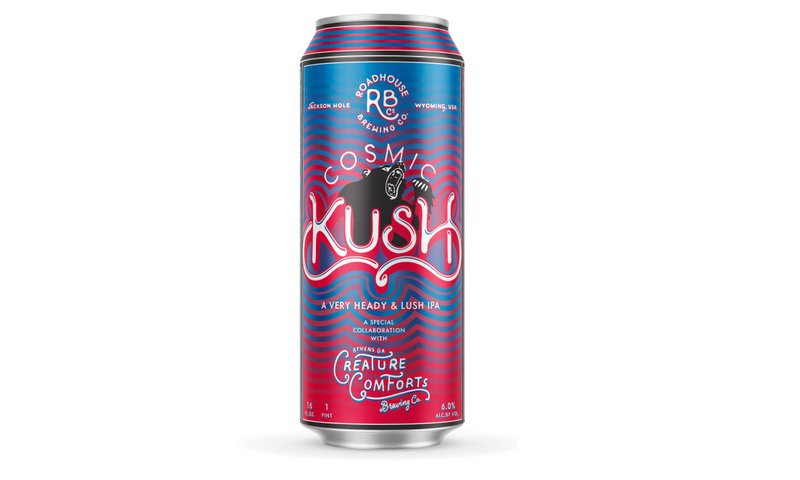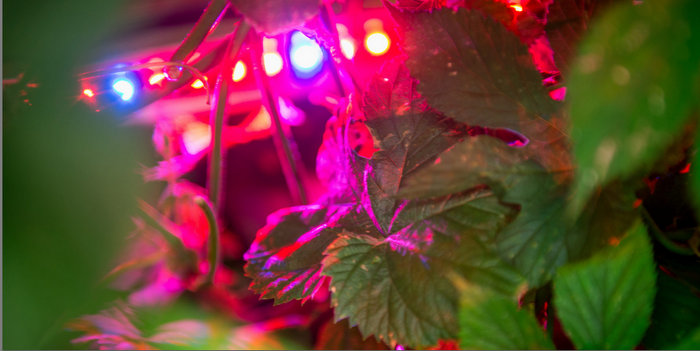
Electronic device waste is notoriously difficult to recycle. Separating the different metals in the waste from each other is the main issue, but scientists have now found a way of selectively capturing metals from a waste stream using spent brewer’s yeast, the same beer byproduct that goes into Marmite.
Not only that: the yeast can be reused, making the process even more eco-friendly.
“Electronic waste is difficult to recycle because it is very heterogeneous,” said Dr Klemens Kremser of the University of Natural Resources and Life Sciences, Vienna, corresponding author of the article in Frontiers in Bioengineering and Biotechnology. “Getting the metals in solution is a first step, but the selective recovery of the metals remains a challenge. Compared to processes such as chemical precipitation, biosorption using spent brewer’s yeast presents a cheap and environmentally friendly approach.”
Pretty interesting. For the nerdy details, keep on reading. We thank them for sending this summary over for us beer scribes to share …
Several options already exist for separating out the different component metals of electronic waste, including other biosorbents — biological materials which can be used to soak up pollution. However, they all have significant downsides. For instance, chemical precipitation produces contaminated slag, while biochar — a biosorbent which is similar to charcoal — is difficult to separate from wastewater.
So the scientists turned to brewer’s yeast. Because leftover brewer’s yeast is a common byproduct of beer-brewing, it’s cheap and widely available. This research was supported by COMET (Competence Center for Excellent Technologies), the Austrian program for competence centers.
The scientists acquired 20 liters of spent brewer’s yeast, separated the biomass from leftover brewing residues, and dried out the biomass. Electrostatic interactions on the surface of the yeast allow metal ions to stick to that surface — a process called adsorption. Changing the pH of this solution alters the interactions, which can allow the yeast to adsorb more or different metal ions, depending on the contents of the solution and the specific pH.
The scientists chose to test the yeast biomass against zinc, aluminum, copper, and nickel, economically important metals. The scientists tested each metal solution at a range of different pHs and temperatures, to gauge whether it was possible to increase the strength of the interactions and recover more metal. The scientists also tested the yeast against a real polymetallic waste stream.
“Using waste biomass for metal recovery is not a completely new process, but the selectivity of biosorption processes is a key factor for efficient metal recovery from polymetallic waste streams,” said Anna Sieber, PhD fellow of K1-MET, an Austrian metallurgical research center, and first author of the article. “We demonstrated high metal recovery rates from a complex metal solution using an environmentally friendly and cheap biomass. Yeast biomass is considered a safe organism, and the demonstrated reusability of the biomass makes it an economically feasible approach.”
Reduce, reuse, recycle
The scientists were able to recover more than 50% of aluminum, more than 40% of copper, and more than 70% of zinc from the test metal solutions. Over 50% of copper and over 90% of zinc were retrieved from the polymetallic waste stream they tested the yeast on.
Changing the temperature had relatively little impact on efficiency, except for zinc, where it raised the recovery rate by 7.6%. Similarly, adjusting the pH had a limited effect on most of the metal solutions, except for aluminum, where it improved the efficiency of recovery by 16%.
“The metals can be removed from the yeast surface by acid treatment and thus could be recycled,” said Sieber. “It would be interesting to investigate potential applications for these reclaimed metals.”
The yeast itself could also be recycled without heavily impacting its ability to recover metal: the scientists were able to use it five times to recover different metals.
However, the scientists caution that the metal recovery process needs testing with much larger studies in real-life conditions before it can be implemented on an industrial scale.
“The metal removal process in this study was optimized for the four metals in question,” said Kremser. “The concentration of potentially interfering metal ions was very low in our starting solutions, but this would be important to consider when applying this approach to different mixed metal solutions.”
More on Frontiers | Frontiers is the 3rd most-cited research publisher. We publish groundbreaking discoveries by the world’s top experts. Scientists empower society and our mission is to accelerate scientific discovery by making science open. We place the researcher at the center of everything we do and enable the research community to develop the solutions we need to live healthy lives on a healthy planet. Featuring custom-built technology, artificial intelligence, and rigorous quality standards, our research articles have been viewed more than 1.4 billion times, reflecting the power of research that is open for all.





Leave a Reply
You must be logged in to post a comment.